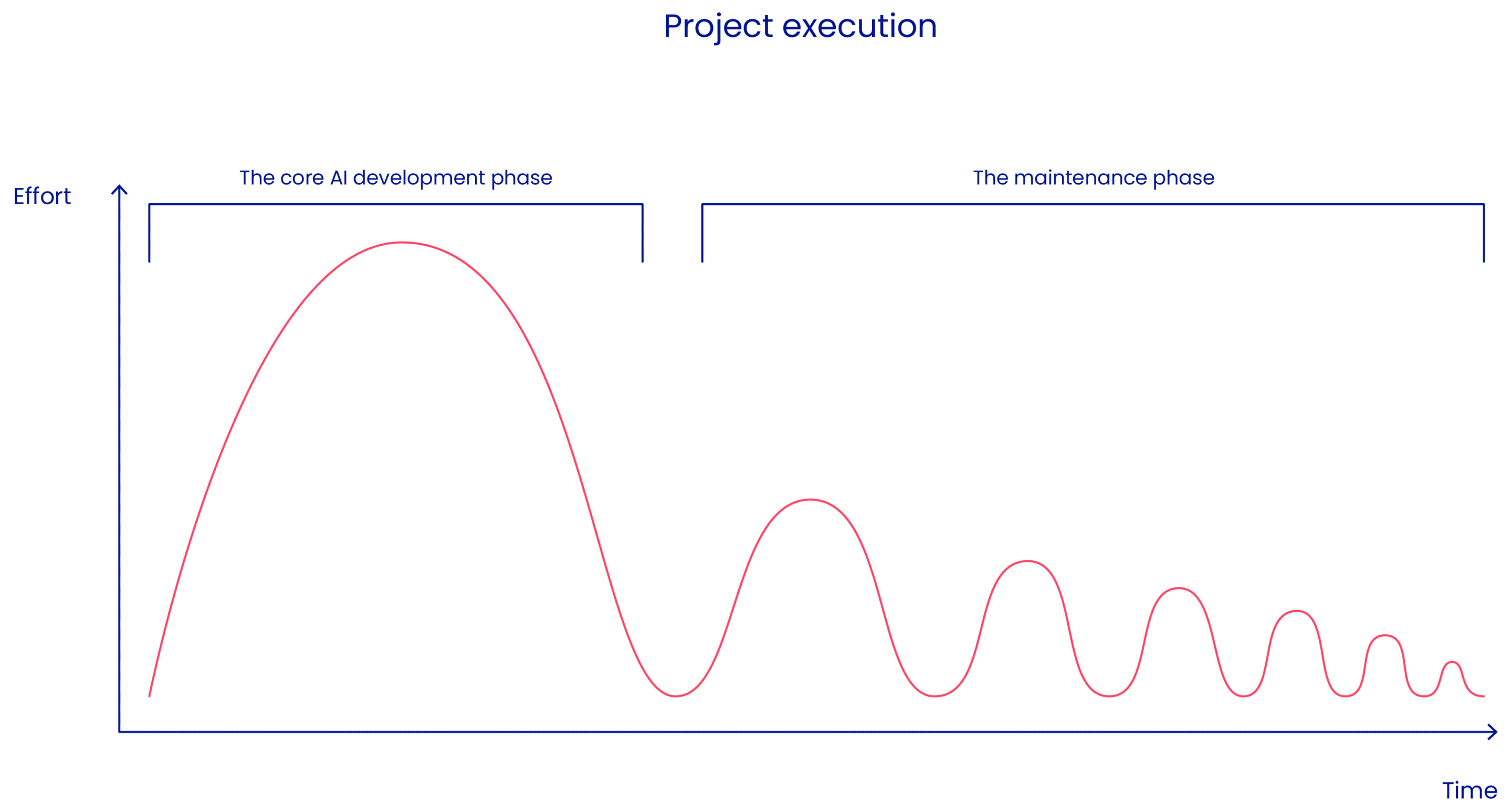Understanding the Significance of Machine Learning for Business
For managers, embarking on the AI odyssey is not a stroll in the park; rather, it’s a thrilling expedition through complexity’s labyrinth. But gone are the days when understanding machine learning was reserved for the select few wearing the cloak of technical expertise. Today, we lift the curtain to reveal a truth: the core concepts fueling the engine of machine learning are not arcane enigmas but approachable tenets, open to those who have a spark of curiosity – and an analytical mind.
Why Machine Learning Matters to Businesses
In today’s competitive landscape, machine learning offers a revolutionary way for businesses, whether medium-sized or large, to understand, leverage, and optimize vast data sets. It is good at unearthing patterns and making predictions based on data, distinctly setting it apart from traditional software development.
Moreover, the realm of machine learning is vast, leading to significant advancements in processing images, sounds, and texts. This, in turn, propels industries like healthcare, finance, and marketing to heights previously unimagined. For managers, artificial intelligence is an invaluable tool that can revolutionize business operations through automation. It serves two primary functions: automating existing tasks and processes and processes, and providing insights that were previously unattainable through manual labor.
Demystifying Machine Learning
Machine learning, often viewed as a near-magical tool, holds immense potential for solving complex problems and enhancing business operations. Its most effective usage focuses on solving problems through classification and regression tasks, which cover a wide range of practical applications.
Machine learning, a subset of artificial intelligence, emphasizes constructing algorithms that can learn and make decisions based on data. At its core, ML revolves around discovering patterns in data and predicting outcomes based on those patterns. A basic illustration is deducing that cold weather decreases ice cream sales. Yet, the true potential of machine learning lies in deciphering much more nuanced and concealed patterns.
- Classification involves categorizing data into predefined groups, essential for tasks like email spam filtering or AI image recognition.
- Regression predicts numerical outcomes based on historical data, useful for forecasting prices or real estate values.
Both can be used with different types of learning. Supervised machine learning (the one that trains an AI model using labeled data), particularly when integrated with human-in-the-loop systems, enhances automation and semi-automation by incorporating human insights. This combination provides nuanced feedback, leading to more accurate and relevant outcomes. Moreover, supervised learning algorithms, supplemented with human input, can also provide insights and recommendations by analyzing vast datasets beyond human capacity to identify patterns and predict trends.
What is the difference between machine learning and the software we use every day?
Traditional software operates on a deductive approach, using predefined rules set by programmers to process data. In contrast, machine learning uses an inductive approach, where algorithms autonomously identify patterns and rules by analyzing large datasets. This allows machine learning systems to adapt and improve over time without explicit programming for each task.





